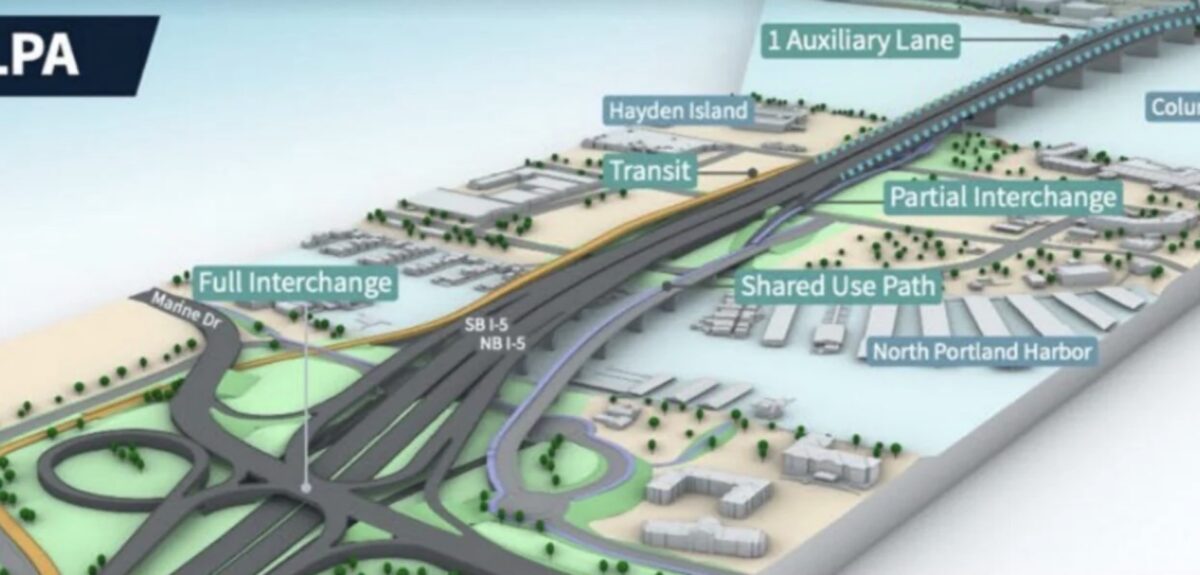
Note: This piece was submitted by a close observer of the Portland – Vancouver I-5 freeway project (a.k.a. Interstate Bridge Replacement Program) who asked to remain anonymous.
Project managers, listen up!
You’re reviving a mega-project that failed to secure funding a decade ago. Do you go back and re-examine the original assumptions? Absolutely not! You double down! Here’s a step-by-step guide.
Scare them!
“This bridge is going to collapse into the river in an earthquake, you have to fund this project to replace it”.
Absolutely do not discuss options for seismic remediation of current structures. And definitely don’t mention that most of the five miles of this project are on dry land.
And let’s not bring up the other several thousand bridges in the two states that also need seismic upgrading.
Rush them!
“We have to meet Federal deadlines!”
Never list specific programs or deadline dates. But make it clear that if we want to reexamine the Purpose and Need for the project (because of course, nothing important has changed since we drafted the last Purpose and Need 15 years ago) it will add a year or two to the project.
“We have to start environmental analysis now because IIJA just passed.” Don’t mention that no agencies have published notices of available funding yet, much less indicated deadlines for application.
Wield the Purpose and Need as a cudgel
“I understand you think seismic resilience is the highest priority, but the Purpose and Need says we also have to deal with congestion. If we don’t check all the boxes we have to go back and start over.” (see “Rush Them!”)
Veneer is more important than substance
Hire a Climate Officer and and an Equity Officer, but don’t put climate and equity on par with the other goals. (See “Wield the Purpose and Need…”)
Learn to filibuster
Time your presentation to take up most of the meeting, leave as little time for Q&A as possible.
Monoliths are your friend
The traditional response of funders worried about “fiscal constraints” (i.e., a reluctance to fund your whole project) is project phasing. You can insulate yourself from this kind of fiscal responsibility by designing your project as a single large structure.
Options are Bad
Remember, your goal is not to give decision makers choices, because they could choose the option you don’t like. Make sure at the end of the day they only have one choice to make: pay for it or not. (And dare them not to pay for it. See “Scare Them!”)
More of our IBRP coverage can be found here.

